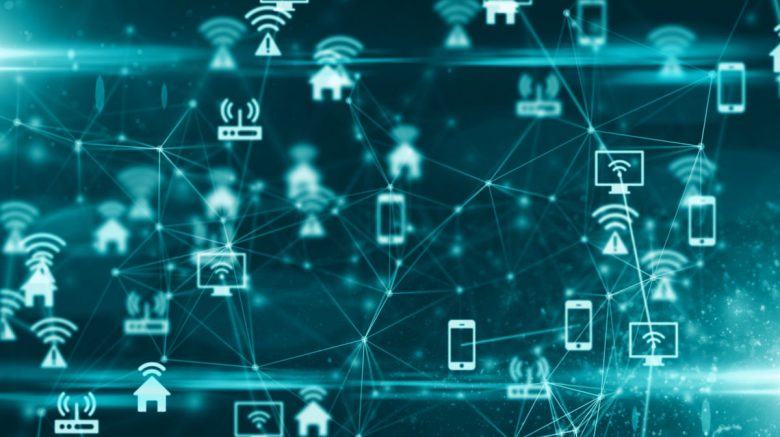Technology has an impact on how we do business as well as how children are educated. Teachers and students can now utilize Wi-Fi in education at a lower cost thanks to E-rate support for schools’ desktop PCs, laptops, and tablets. As well as examining seven important advantages of technology in education, we also look at the impact of grants for technology, such as the federal E-rate program.
The ability to collaborate more easily
Through Wi-Fi at school, students may share papers and presentations in real-time while also learning how to work in a team and keep project files in the cloud. Students from different schools can collaborate with the use of Wi-Fi in education. Students that use technology to improve their teamwork skills will have an advantage over their peers when entering the workforce.
Learning Doesn’t Stop When You Leave the Classroom
Wireless Internet in schools is unquestionably important, but the advantages children get-go far beyond the four walls of their classroom. With the help of tablets and smartphones, students may access a multitude of text, audio, and video content outside of the classroom, from extracurricular activities to study abroad programs to exploring interests on their own.
Instruction that is tailored to the student’s learning style
The use of Wi-Fi in schools enables instructors to customize classes and presentations to better suit the learning styles of their students. The use of email, virtual chat rooms, and even the creation of tools and apps for students by teachers allows them to elaborate on the subject matter. Students benefit from individualized training since it allows them to progress at their own rate.
Increasing the Speed of the Project
Students can access rich online resources, stay on top of deadlines, and submit work immediately after they are finished using Wi-Fi in schools. Educators will be able to monitor their students’ progress, upload files, and give feedback at any time of day or night. Without school wireless, these efficiencies would be impossible.
Savings in terms of money
When weighing the benefits and drawbacks of school internet use, one of the most common considerations is the expense. While some schools devote more resources to Wi-Fi, others encourage students to bring their own devices. For eligible schools, the government E-rate program, commonly known as the Schools and Libraries Program, reduces Wi-Fi costs by up to 90%. Public and non-profit K-12 schools are often qualified to receive E-rate financing, which helps cover the costs of telecommunications and internet connectivity supplied by a cost-effective company in a reasonable manner. Also available and vary by the state are other types of technology-related educational grants such as STEM awards (Science, Technology, Engineering, and Mathematics).
Encouraging Interactivity in Learning
Students can communicate with people from all around the world by sending emails, performing video interviews, or participating in an online math competition. Interacting with other students, corporate executives, industry experts, and others can be a great way to learn and network. Real-time online quizzes help students stay on top of their game by taking them on virtual field trips that take them beyond the textbook.
Increased Participation
Having Wi-Fi solutions in schools has the added benefit of increasing student participation. As students’ lives outside of the classroom increasingly revolve on technology, it’s only natural to use it in the classroom to pique their interest and motivate them to participate. In our glossary, you’ll find definitions for E-rate words.

